
- English
- Español
- Português
- русский
- Français
- 日本語
- Deutsch
- tiếng Việt
- Italiano
- Nederlands
- ภาษาไทย
- Polski
- 한국어
- Svenska
- magyar
- Malay
- বাংলা ভাষার
- Dansk
- Suomi
- हिन्दी
- Pilipino
- Türkçe
- Gaeilge
- العربية
- Indonesia
- Norsk
- تمل
- český
- ελληνικά
- український
- Javanese
- فارسی
- தமிழ்
- తెలుగు
- नेपाली
- Burmese
- български
- ລາວ
- Latine
- Қазақша
- Euskal
- Azərbaycan
- Slovenský jazyk
- Македонски
- Lietuvos
- Eesti Keel
- Română
- Slovenski
- मराठी
- Srpski језик
Rotational molding heat knowledge: Dry mixing process and granulation process
2025-08-28
In the development history of rotational molding, there are two mainstream processing techniques, namely granulation process and dry mixing process. The overall process has significant differences, being two distinct pre-treatment methods for product processing materials. The distinctions run through the entire process from raw material processing to the final product performance.
In the two pretreatment methods for processing materials of products, the final form of the raw materials presented is completely different. Under the granulation process, the form of the raw materials is powder particles ground from homogenized particles after pre-mixing and melting. In the dry mixing process, it is a coexistence of powder particles and additives. A large part of the reason lies in the different ways of mixing.
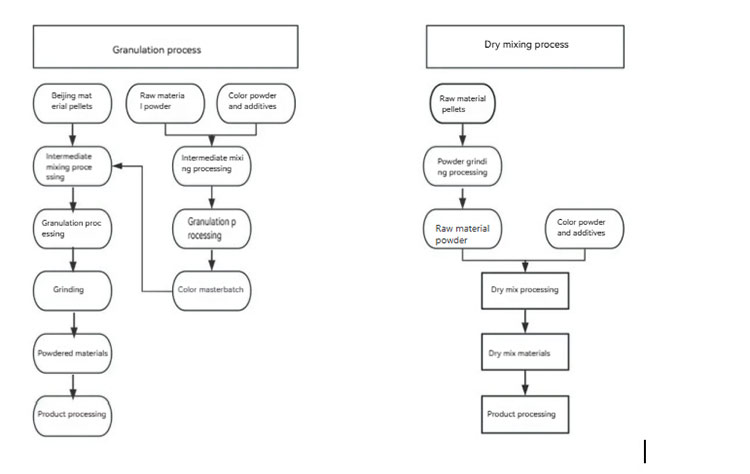
In the granulation process, the mixing method is that the raw material particles and the color masterbatch made by granulation are fused and recrystallized at high temperature in a twin-screw extruder, so that the raw materials, auxiliary materials and additives form a uniform same material. After granulation and cutting are completed, the powder particles are physically ground into the required size of the product by a grinding mill, and then the product processing is carried out.
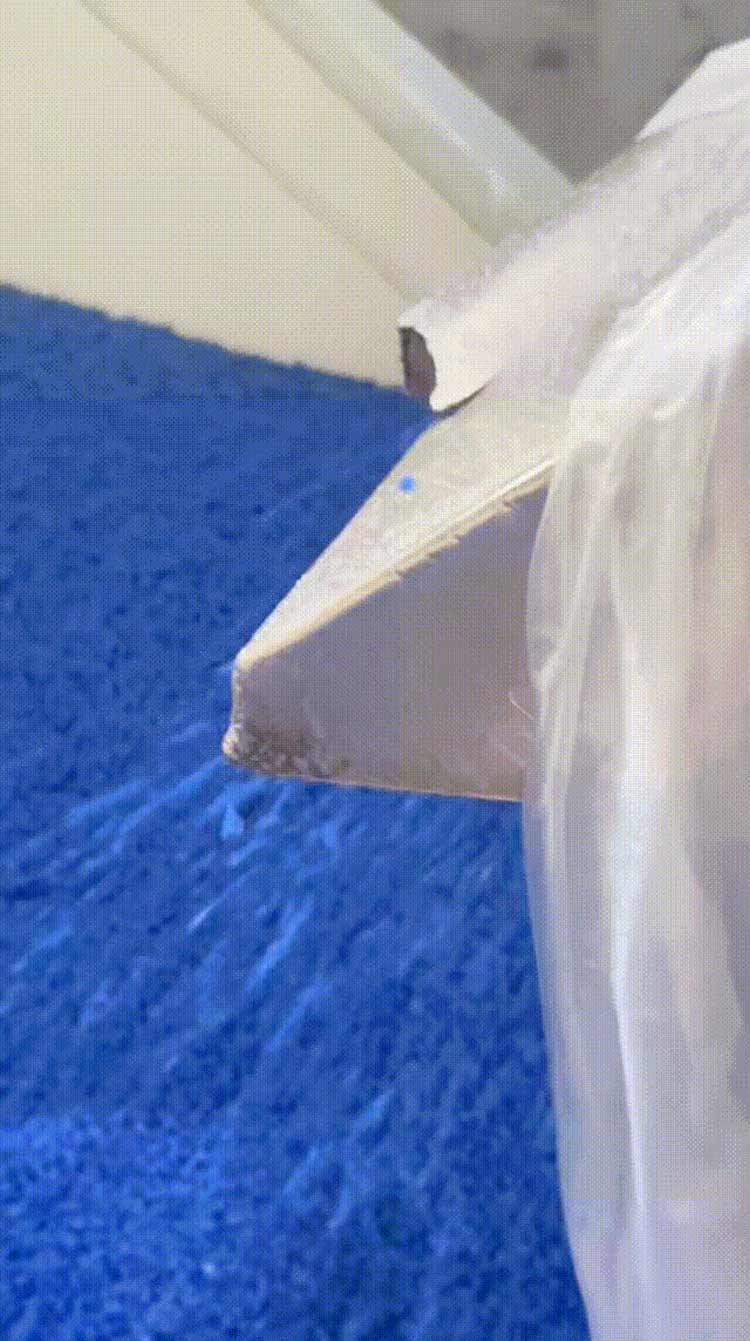
In the dry-mixing process, the mixing method is to first process the raw material particles into powder particles of the required size for the product through a grinding mill. Then, the color powder, additives, auxiliary materials and raw material grinding materials are processed by using a medium mixer and a high-speed agitator through physical mixing and mechanical dispersion methods, and finally the product is processed.
Two pretreatment methods of the process bring about performance differences in the products after application:
Due to the dry-mixing process materials in the physical mixing state, during the mechanical dispersion process, the powder raw materials and additives have differences in density, particle size, proportion, etc., which easily leads to local aggregation and uneven dispersion. In the processing of products, the external manifestations are the appearance of color stripes, color differences, and overall performance fluctuations caused by local performance abnormalities.
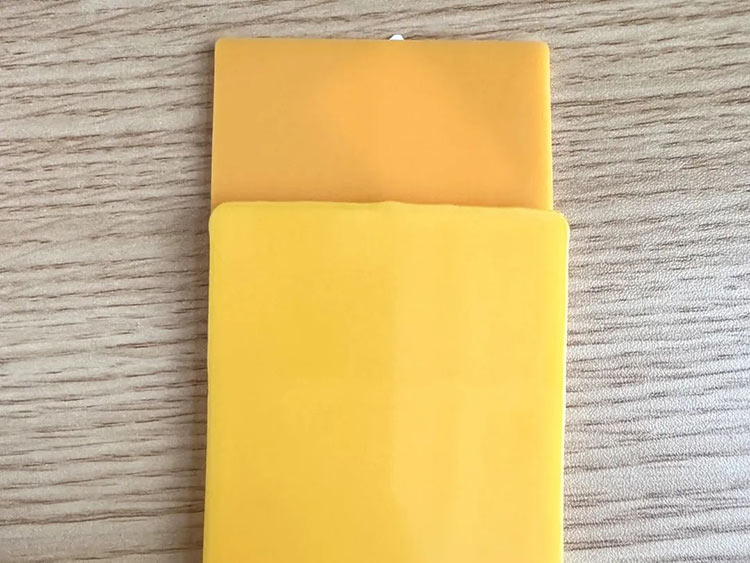
The granulation process, after pre-mixing, achieves molecular-level dispersion through a granulator in a molten state using screw shearing, with a distribution uniformity exceeding 98%. This ensures that the performance of each part of the product is basically consistent, making it particularly suitable for multi-color products or high-precision components with high requirements.
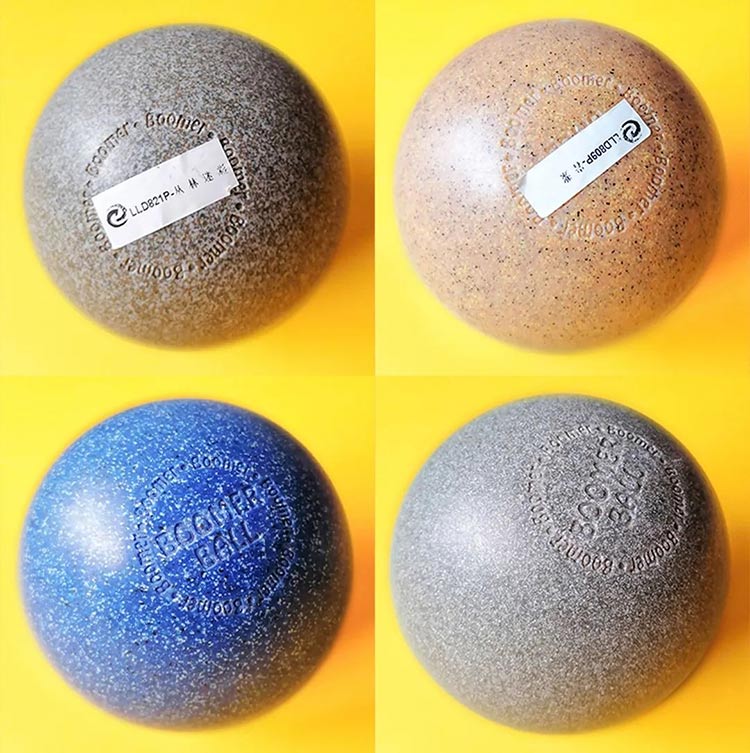
Also, due to the weak physical bonding at the physical level in dry-mixing processing, compared with the same product processed by granulation, the tensile strength, flexural strength, impact toughness and service life of the products processed by dry-mixing are generally lower than those processed by granulation. Especially in terms of service life, the service life of the products processed by granulation far exceeds that of the products processed by dry-mixing, which can be increased by more than 50% basically.
Under the dry-mixing process, the particle sizes of the auxiliary materials or additives produced are different from those of the raw material powder, resulting in inconsistent powder melting rates. This can easily lead to phenomena such as pitting, water ripples, and orange peel patterns on the surface of the products. Moreover, the particle sizes of the auxiliary materials or additives are generally smaller than those of the raw material powder, which hinders the molding of plastic particles during the processing of the products. This leads to the porosity being generally higher than that of the products produced by the granulation process.
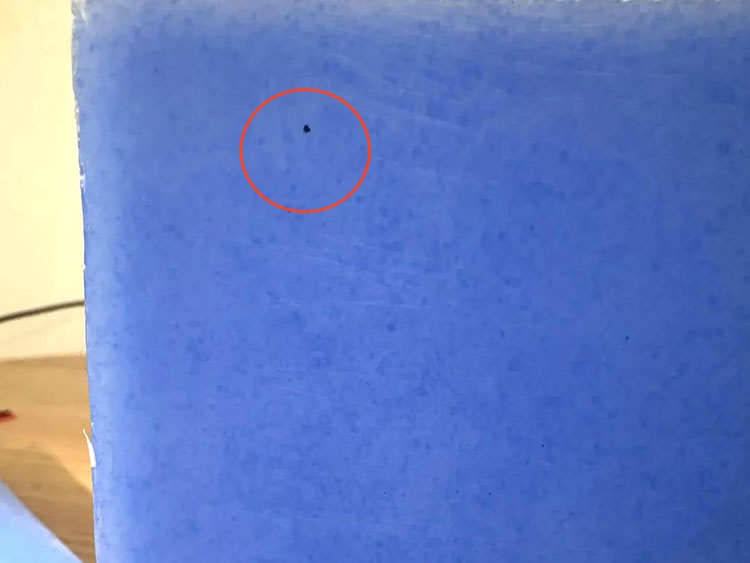
Cause summary
Why is the dry-mixing process still one of the mainstream pretreatment processes in China at present when it is inferior to the granulation process in terms of performance, service life and product yield?
The reason lies in the fact that the dry-mixing process is applicable to the field of rotational molding products and its cost is incomparable to that of the granulation process. The dry-mixing process is suitable for low-value-added and low-life products such as simple water tanks and agricultural single-color boxes. Moreover, it has a short processing flow, low overall cost, less equipment investment, and a production time far shorter than that of the granulation process. It can also flexibly switch formulas. It can be put into production as long as the uniformity of mixing and environmental dust protection are controlled.
The granulation process is long, with high additional material costs, large equipment investment, and a relatively long manufacturing cycle. However, it brings excellent stability in material performance, making it play an irreplaceable role in the field of high-demand rotational molding products.
Summary
Dry-mixing process: With cost and speed as its core advantages, it is suitable for scenarios with high performance tolerance, but it needs to accept compromises on consistency and lifespan.
Granulation process: Winning by performance and reliability, solving the dispersion problem through pre-melt blending, providing technical support for high value-added fields;
The fundamental difference lies in that dry mixing is a "physically mixed powder", while granulation is a "chemically bonded homogeneous melt". When making a choice, it is necessary to anchor the product positioning - whether it is cost-sensitive or technology-oriented.



